The yard of a photographer: It’s a fine line!
Well-kept fallen trees, fences which go nowhere (and retain nothing) and weeds left to grow alongside a freshly mowed lawn. If you are a photographer, you will understand, as these are just a few of the many things one might find in the yard of a photographer. Especially one who must balance both home and work in the same space!
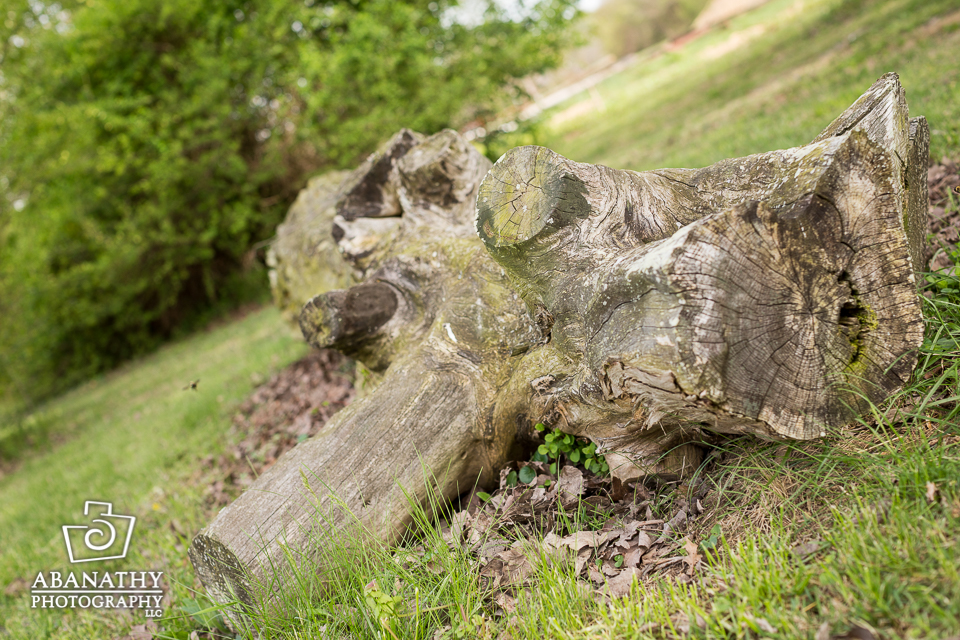
As spring arrives and everything begins to green up for another wonderful Kentucky summer, I am compelled to write about my nearly 9-year experience owning the yard of a photographer. With that, I will give a few tips for those up-and-coming photographers who might like some ideas for their own photographer’s yard (I know there is a trendy book idea in here somewhere, but I’ll save that for later).
When we first moved back to Kentucky in 2008, one of the checklist items for purchasing a house was: It must be in the county and have some land. Why, you might ask? Well, as a photographer, I knew I was going to need more than just a small, neighborhood yard if I was to own a home-based photography business. Sure one could simply use the local parks for outdoor shots, however, that puts me at the mercy of other people, public events, unwanted changes and even (gulp) other photographers.
Nope, I needed land of my own on which to work and to make work for me. A place where the unique backdrop is just a useful as the foreground rather than something to be majorly Photoshopped (IN EVERY PICTURE) later. Luckily we found just that: Two-and-a-half acres surrounded by large fields with just a hint of industrial ag to the south.
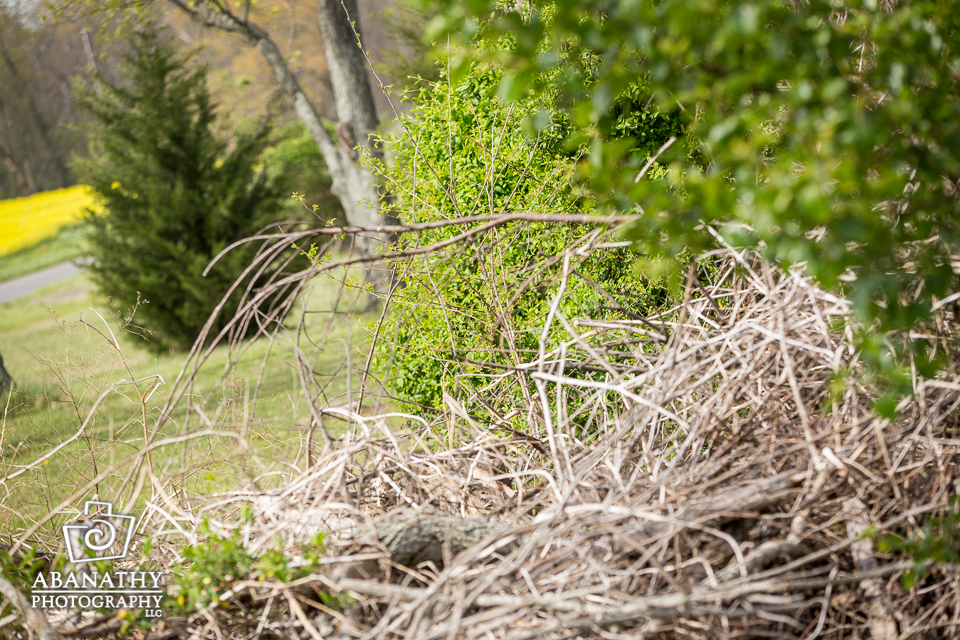
But it was not that simple. Any photographer just starting out might look at a clean slate like this and automatically have visions of a classic, rusted out old car over here for senior portraits and a huge old tire over there for kids’ portraits. Pretty soon, you will have quite the photography backdrop buffet…and a lot of random junk scattered all over the yard. This brings me to my first tip:
• One must find a delicate balance between outdoor photography props and a presentable yard:
Finding the proper way to make a home and a business in the same place is like baking a cake. While the ingredients are easy, it takes a bit of know-how and finesse to get everything to turn out right. You don’t want a yard scattered with a bunch of junk. After all, you live there too, right? But you also need to have some unique props other than just a couple of cool trees. The ultimate trick is to create things which are multifunctional. Hollywood might be beautiful and fake, but your backdrops and props can be both beautiful and functional!
For instance, if you plant a garden, plant corn or pumpkins. That way you can not only enjoy corn and pumpkins but also have tall corn plants and a pumpkin patch for use as props. Even old, dried tomato vines can be useful in the fall. Fruiting trees, vines and bushes are other possibilities. Then you have the materials for great living aesthetic, good jams and jellies and beautiful portraits.
Another example is to construct a decorative fence making it high enough (and with the right materials) to be photogenic (hint: wood slats are multifunctional for photography while chainlink is very limited). Another, even more balanced idea is to plant unique trees (such as dogwoods), flowers and grasses which are both relatively low maintenance make appealing accents to any property.
Either way, it is ideal to create props and backdrops which are not only multifunctional at home and work, but also work for several types of portrait sessions. Like noted above, a rusty old car works for seniors…but then what?
• Some must be built without function:
True, some things a photographer needs (or would like to own rather than have to go find) may not serve much more function than simply a backdrop. The tip here is to make sure it blends or is virtually unseen.
For instance, if you have a rather long property line and do not feel like sporting several thousand dollars to fence it and you have no real reason to create a fenced enclosure, you can create small sections instead. The trick is to find a place which is nearly unseen and blends nicely.
A bonus tip to wood slat fencing: Unless you want a specific color, if left unpainted for several years, treated wood will eventually turn to that wonderful silver, aged wood thereby making your fence that much better!
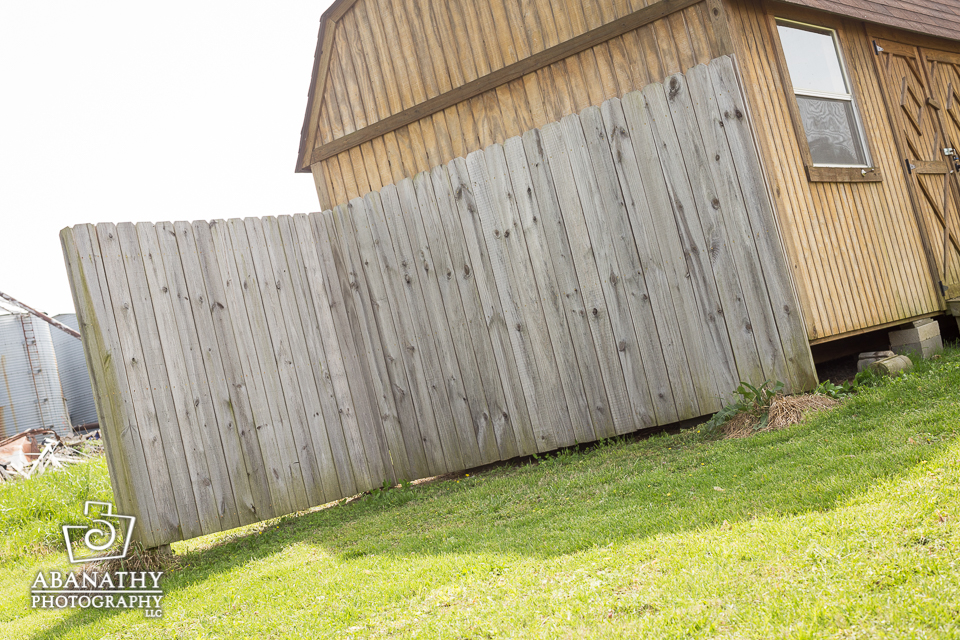
•Evaluate everything you already have: Some time ago, I wrote a blog about how photographers must see things through the eyes of a child (Seeing through a child’s eyes: One of the best tips a photographer can get). Essentially, curiosity is paramount to this philosophy and this is what makes creating the yard of a photographer so much fun!.
All properties come with something (or many things) which can be used by a photographer. While I decried the use of a chainlink fence above, I do not mind that my studio came with one…and a good one too!
Just about every property is going to come with some history which can be used for portraits. Bushes, trees, forgotten items left in an attic, relics of yesterday left near an old tree and even an old perennial flower bed can be pleasant (and free) surprises.
• Be mindful of the benefits of weeds and native growth:
You would not believe the wonderful things Mother Nature can (and will) drop into your lap when it comes to outdoor photography options. In fact, I still find new surprises on our little property each year. The secret is to be mindful while evaluating your property, as a lawnmower will make short work of potentially wonderful future backdrops and props at the seedling stage.
One tip I would give, especially if you have a thin-foliage property surrounded by open fields like ours, is to let at least one corner grow and flourish for a bit. This creates tall, green backgrounds which work to mimic the impression of dense foliage in an area where it might not actually exist.
The weather helped us out with this early in our tenure here. When we first moved to Rob Mason Road, there were a few limbs down from the remnants of 2008’s Hurricane Ike. Shortly thereafter all the rest fell in the infamous ice storm of 2009.
As if the ensuing mess was not enough to foster some new growth (as I could not easily mow over or around this deluge of downed tree bits), during one calm evening between the two events, we had a rather large oak tree fall on the backside of our property. Some months later, as I was cutting this tree back and hauling limbs, I found several new trees had sprouted. I left them to grow and these Bradford Pears now produce wonderful blooms in the spring. The same can be said for ice storm obstruction which brought about several evergreen seedlings, which now tower over my head.


As for the downed oak tree, I further realized its potential and decided to let the bulk of it remain. Partly because it was bigger than my chainsaw could handle, but, also, because it presented a wonderful foundation from which honeysuckle, blackberries and host of varied greenery could (and had already begun to) grow. Luckily, it was far enough back on the property as to not become an eyesore while it became a kind of thick, tall, green weed well, which is still in use today. This brings me to my next tip:
•Create a weed well:
Many photographers know what a light well (essentially a soft artificial light source used for a variety of portrait sessions) is wonderful to have in the studio. However, for the outdoor shutterbug, a weed well might be in order. Basically, all you need is yard debris and time.
My various weed wells over the years have more or less sprung from lack of time and space resulting in a limb pile otherwise ripe for hauling/burning. While mine have been placed by happenstance, one could easily start one on purpose and in a more optically strategic location. Either way, as limb piles sit and grow over the years, birds, critters and wind drop all kinds of seeds into them. One such weed well created from ice storm debris is now gone, but the incidental trees which sprouted around its perimeter are now towering on the backside of our property creating a wonderful green grove in the summer months.
Similarly, we have an existing limb pile…er…weed well, which last year produced maypops, pokeweed and several other vining plants and wildflower varieties giving several photogenic angles.
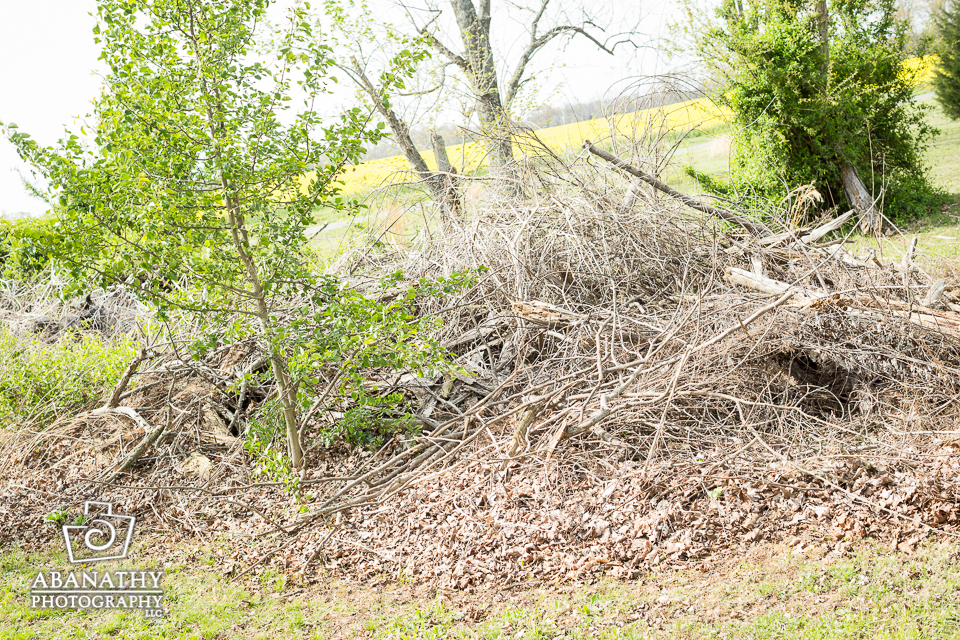
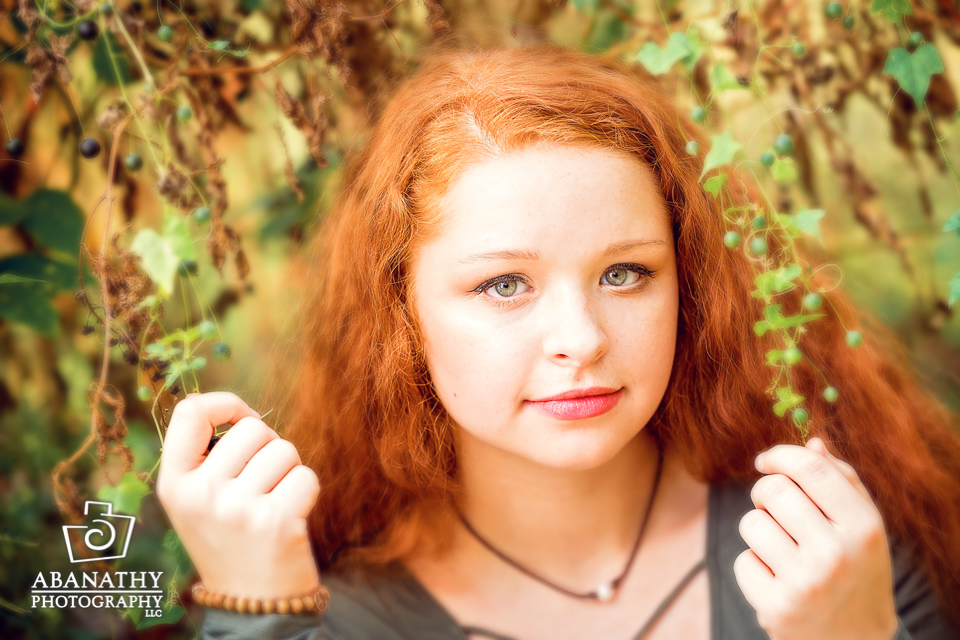
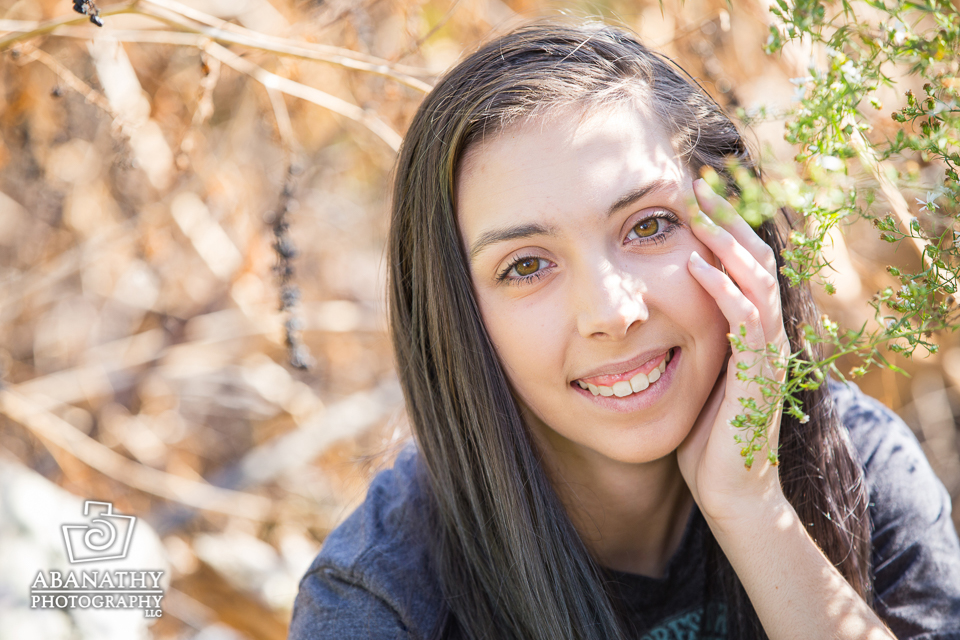
The tip here would be to watch the size of your weed well. Limb piles (which make the best weed wells) grow fast and tend to quickly (and easily) move beyond the size for practical removal. They can then start to become an eyesore, especially in the winter time. And when you cannot burn them (which I avoid for a variety of reasons), they must be managed in other ways. The best way is to simply downsize it every now and again. Also, to hurry the process, bags of wildflower seeds are typically available in the spring. While the birds will drop a tapestry of wonderful, native weed seeds into your well, don’t be afraid to add a few yourself.
As for weed wells wrought of a large, fallen tree, simply examine the foliage in the next few years. You will learn which weeds to keep and which to pull. And, if you find a new one, let it be and see what becomes of it. After all, we did not have blackberries or honeysuckle on our property when we moved in. Now we have enough to make jam and jelly with both each year.

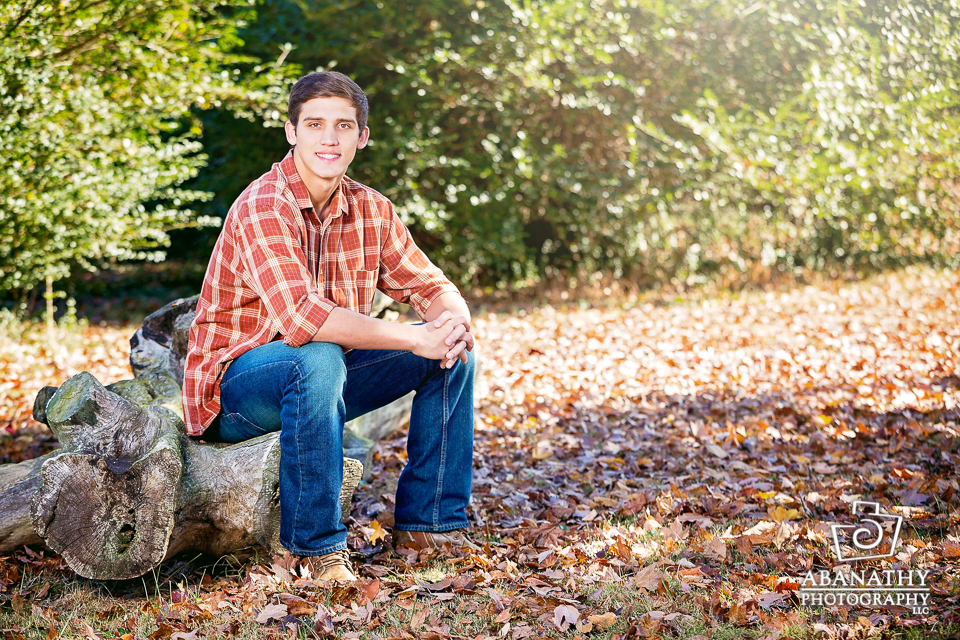
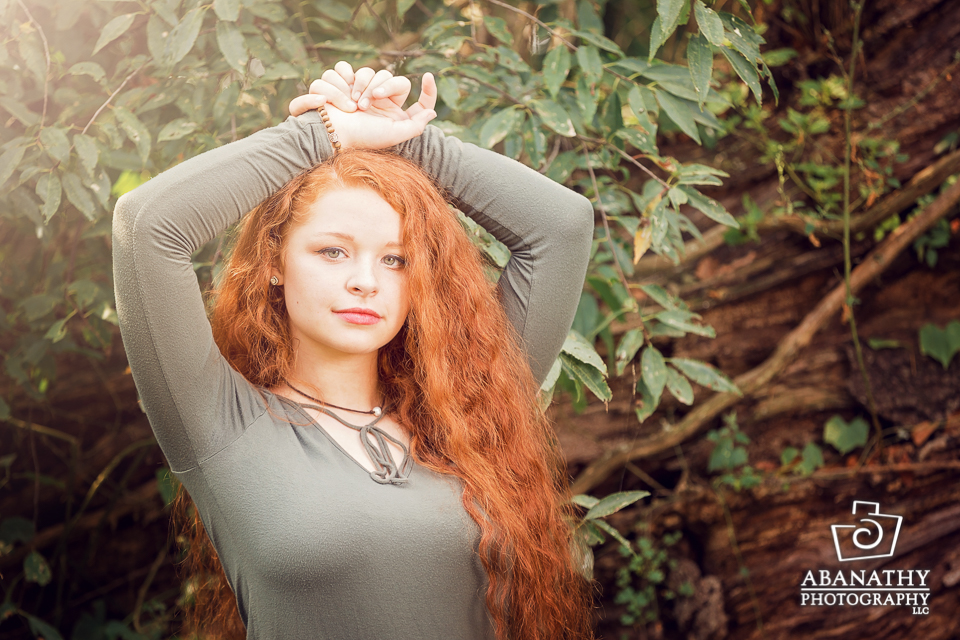
•Sometimes you just get lucky:
Like I said above, our desire to run a home-based photography business factored heavily into our house hunt back in 2008. While many perks of this property stood out (high-trafficked road, country setting, easy to find, good proximity to the city), several were yet to be discovered. Some of these included our surroundings.
On three sides (yes, we live on a triangle), we are surrounded by agriculture and related business. This means each year brings a wonderful photography setting of some sort. From corn and soybeans to winter wheat and canola, everything which grows in these fields is useable to a photographer.
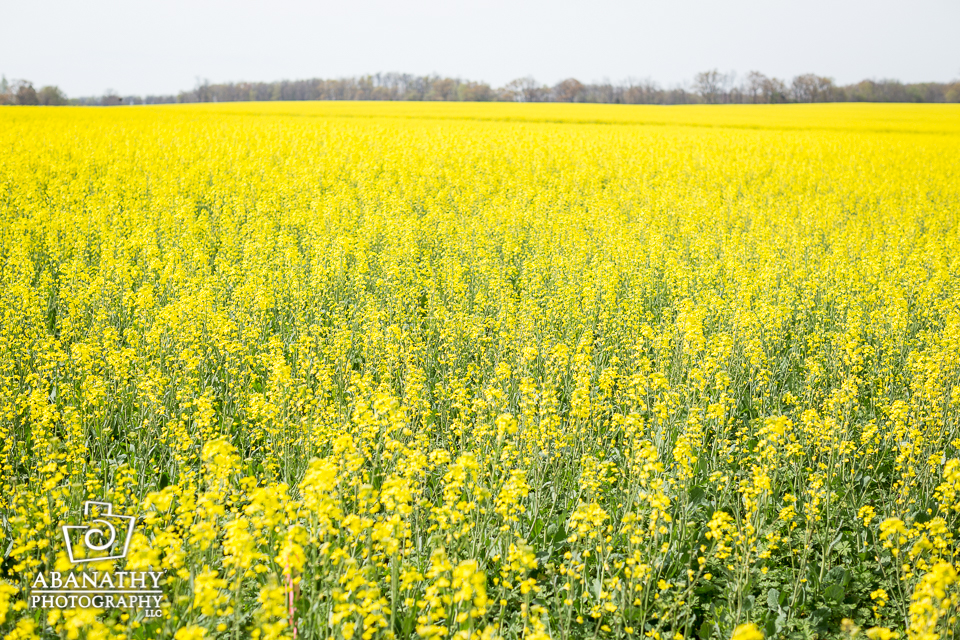
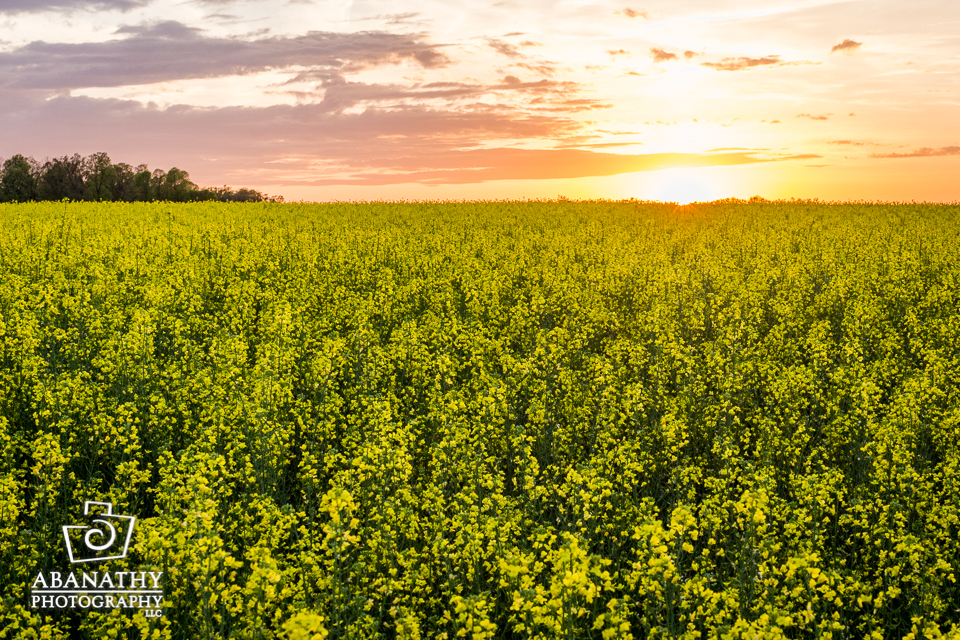
Especially canola. This was a first for us this year, which harkens back to what I was saying earlier about watching what is growing and planning accordingly. When I realized what was growing in the field directly across from our studio back in October/November, I knew the spring was going to bring something truly unique to my photos. And I am not the only one. People even stop in the street to take pictures of this blanket of canary yellow gracing our westerly view. Professionally, I have been using it in just about every session possible thus far!
Other years have helped produce wonderful portraits like those below and, keep in mind, grabbing that corn was his idea, not mine. But it made a fun portrait:

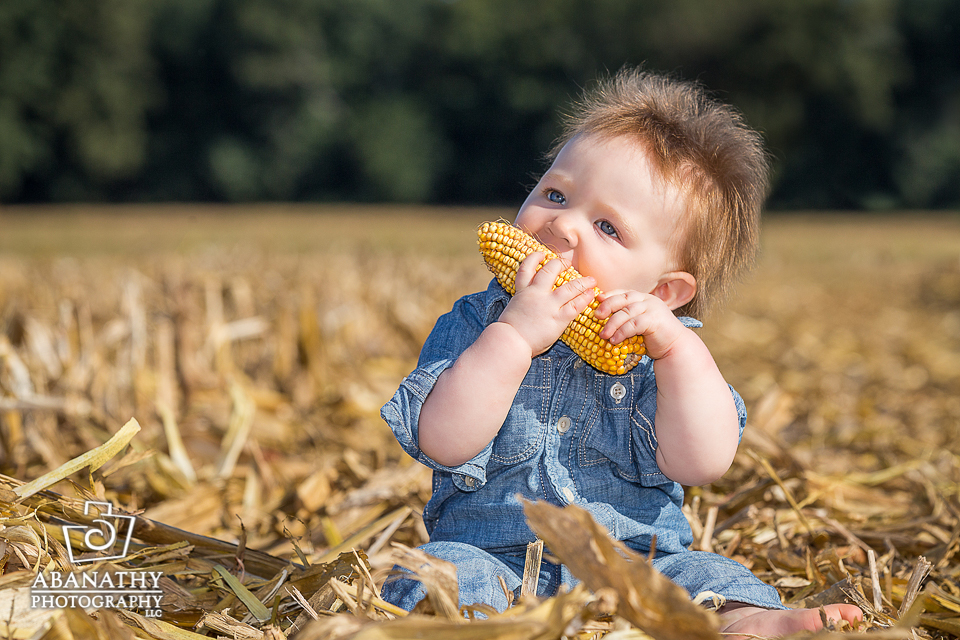
• A little goes a long way:
The camera only sees a fraction of what your eyes see. Keeping this in mind, and in keeping with the above-mentioned goal of not cluttering one’s yard, just know a little bit goes a long way. Hence, why a weed well does not have to be enormous. Let the camera work for you to bring the background in.
Above, once again, you can find a good example in my use of the downed oak tree and its accumulated growth. Believe it or not, in relation to our property, this area is not very large and is a naturally pleasing aesthetic to any country setting.
Below is an example taken in a neighboring weed patch not long ago. Would you believe this weed field was both quite small and very near the road? I missed this prop after they mowed it, but am planning to bring some to my photographer’s yard soon!

These are just a few tips for creating both an aesthetically appealing, yet photogenically functional yard. It has been a learning experience for me and I continue to learn new things as time goes on. Do you have some tips for the yard of a photographer? Don’t hesitate to share below!